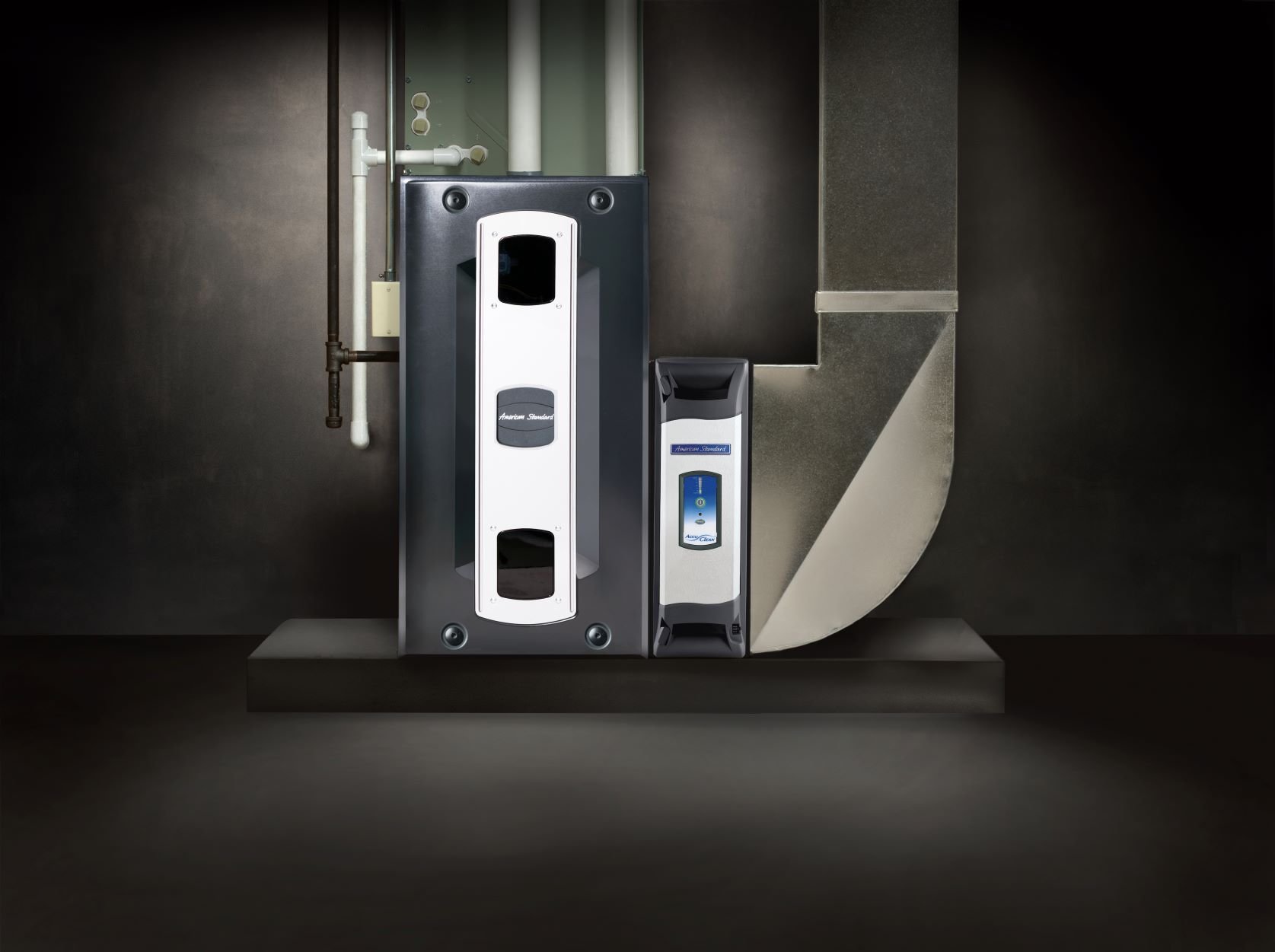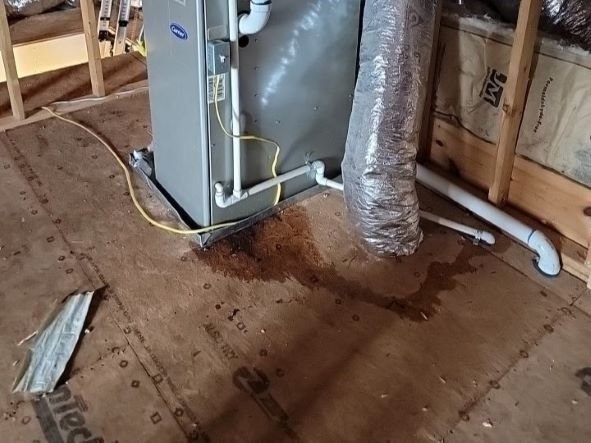Fixing Incorrect Air Conditioner Installation
Inadequate air conditioning can be the result of incorrect installation, leading to inefficiency and discomfort. Recognizing the signs of faulty installation is the first step in fixing your system. This article addresses the essential question: How can you correct these issues yourself? We delve into practical tips for fixing incorrect air conditioner installation, ensuring your unit is efficient and reliable, without overwhelming technical detail.
Key Takeaways
Inadequate AC installation can lead to issues like low airflow, unusual noises, and frequent cycling, which reduce system performance and energy efficiency.
Restoring an AC system’s efficiency involves ensuring proper refrigerant charge, upgrading insulation on refrigerant lines, and repairing electrical components such as wiring and thermostats.
Long-term prevention of AC installation errors includes regular professional maintenance, choosing experienced HVAC contractors, and adhering to strict quality control during and after installation.
Diagnosing Problems from Incorrect AC Installation
Have you ever considered that the subtle quirks of your air conditioner might be cries for help? Recognizing the signs of a faulty installation early can prevent a cascade of issues down the road. Leaky air ducts, low airflow, and AC short cycling are the usual suspects, pointing to a deeper problem within your system. As AC installation mistakes go unnoticed, they quietly chip away at the system’s performance and your peace of mind. Improper air conditioner installation can lead to these issues, so it’s crucial to ensure a correct setup from the start.
But with a keen eye and a little expert advice, you can diagnose these issues before they escalate.
Identifying Low Airflow Issues
When your air conditioning system doesn’t deliver the breeze you crave, poor performance might be to blame. The culprit? Often, it’s low airflow, a stealthy thief of comfort and energy efficiency. Specialized tools wielded by HVAC contractors can measure and correct this common issue, ensuring every corner of your home is caressed by cool air.
Think of proper airflow as the breath of your home; without it, your sanctuary can quickly become stifling.
Recognizing Unusual Noises
Is your AC unit orchestrating a symphony of odd sounds? Those banging, whistling, buzzing, and humming noises aren’t just a nuisance; they’re harbingers of a faulty installation. From loose parts to malfunctioning fan motors, these auditory alarms signal the need for a tune-up or a fix-up.
Don’t let these sounds fade into the background; they could be the prelude to a more significant system failure.
Noticing Frequent Cycling
Does your air conditioner have an on-and-off relationship with cooling your home? This short cycling could be a sign of an oversized AC unit or a poorly placed thermostat—both results of improper installation. Like a performer who can’t leave the stage, an AC that frequently cycles is working too hard to keep the show going, leading to discomfort and inflated energy bills.
Restoring Efficiency to Your Air Conditioning System
After diagnosing the ailments of your AC system, the next step is a therapeutic one: restoring its efficiency. It’s a process akin to healing, addressing the core issues that sap your unit’s vitality.
Proper refrigerant charge and upgraded insulation on refrigerant lines are the elixirs of life for your weary system. With these remedies, your new air conditioner can return to its former glory, operating with silent efficiency and unwavering reliability.
Ensuring Proper Refrigerant Charge
The lifeblood of your air conditioning system is its refrigerant, and like any vital fluid, it must be at the perfect level for optimal performance. Too little, and your AC gasps for air; too much, and it’s at risk of a catastrophic breakdown.
Professional technicians are the guardians of this delicate balance, diagnosing leaks, recharging the system, and ensuring that the refrigerant hums in harmony with the rest of your HVAC system.
Upgrading Insulation on Refrigerant Lines
Surrounding your refrigerant lines with proper insulation is like swaddling an infant in warmth; it protects against energy loss and wards off the chill of inefficiency. The right insulation, such as closed-cell elastomeric foam, acts as a barrier, keeping the cold in and the heat out. It’s not just about comfort; it’s also about preventing corrosion and extending the life of your system—preventive care that pays dividends in the long run.
Repairing Electrical Components in HVAC Systems
Electrical issues in your HVAC system can be as perplexing as a maze; one wrong turn and you’re back at the beginning. Repairing electrical components requires a steady hand and an understanding of the intricate dance between wires, capacitors, and contactors.
With proper care, these components will play their roles flawlessly, ensuring your air conditioner performs without missing a beat.
Addressing Wiring Mistakes
Wiring mistakes are the missteps in your AC’s electrical ballet, often leading to unexpected shutdowns and performance hiccups. Correcting these flaws requires more than just a quick splice; it requires the precision of an experienced technician who can match wires to their rightful ports and secure connections for the long haul.
After all, a temporary fix is just that—temporary. Your home deserves a solution that lasts.
Troubleshooting Thermostat Problems
Your thermostat is the conductor of your HVAC orchestra, but when it’s out of tune, the whole ensemble suffers. Calibration is key; a well-adjusted thermostat keeps temperatures steady and energy bills in check. Sometimes, all it takes is a little recalibration or a strategic relocation to restore harmony to your home’s climate control symphony.
Tackling Mold and Moisture: Consequences of Improper AC Installation
Dampness and mold are like unwelcome guests in your AC system, thriving in the shadows of a poorly installed unit. Mold spores loiter in the moisture-rich environments created by incorrect installation, eager to spread through your ductwork and into your living space.
But with the right strategies, you can evict these intruders and safeguard your home against their return.
Preventing Mold Growth in Ductwork
Preventing mold growth in your ductwork calls for a blend of filtration, insulation, and vigilance. High-MERV-rated air filters and advanced solutions like air scrubbers act as the bouncers at the door, turning away mold spores and other airborne offenders.
Regular maintenance ensures that the pathways of your HVAC system remain dry and inhospitable to unwanted fungal growth.
Fixing Water Leaks from Air Conditioners
Water leaks from your AC are more than just a nuisance; they’re the breeding ground for mold and the heralds of potential damage. Addressing these leaks involves clearing clogged drainage, repairing damaged components, and ensuring proper unit tilt. Sometimes, a safety float switch or a professional’s touch is required to stem the tide and prevent the leaks from compromising your home’s integrity.
Professional Solutions for Common AC Installation Mistakes
Faced with a maze of installation mistakes, it’s time to call in the professionals—those seasoned navigators who can chart a course to an efficient and reliable AC system. These experienced technicians are the answer to the myriad issues that can arise from a botched job, bringing with them the assurance of warranty benefits and the promise of a system that stands the test of time.
Correcting Improper Sizing and Placement
The size and placement of your AC unit are foundational elements to its success; too small, and it’s overburdened, too large, and it’s wasteful. A professional assessment can realign your system’s size with your home’s needs, ensuring energy isn’t squandered and comfort isn’t compromised.
And just as a painting must be hung at the right height for optimal viewing, your AC vents and condenser require strategic positioning for peak performance.
Conducting Regular Maintenance
Like a well-oiled machine, your AC system thrives on regular maintenance, a task best left to the hands of professionals. These routine tune-ups are the preventative care that not only keeps breakdowns at bay but also optimizes energy use for savings that reflect in your monthly bills.
And in the dance of warranties and air quality, regular maintenance ensures that you lead with grace and confidence.
Long-Term Strategies to Avoid Future Installation Errors
The path to a future free from AC installation errors is paved with the wisdom of past mistakes. Long-term strategies call for a proactive approach, choosing the right HVAC contractor, and a steadfast commitment to quality control.
By selecting experts who adhere to the highest standards, you ensure that your system sings in harmony with your home for years to come.
Choosing the Right HVAC Contractor
The first step in safeguarding against installation errors is to choose an HVAC contractor with the credentials and experience that inspire confidence. Look for those protected by proper insurance and backed by a history of successful installations—professionals who offer not just service but peace of mind.
With the right team in your corner, the complexities of installation become a well-choreographed dance, leading to long-lasting comfort and efficiency.
Importance of Quality Control
Quality control is the final, critical layer of protection against installation errors. It demands attention to detail and a rigorous process that ensures every component is connected and sealed to perfection.
Post-installation, quality control continues as a vigilant guardian, monitoring the system to ensure that it performs exactly as it should, with no room for error or inefficiency.
Summary
We’ve traversed the landscape of AC installation, from identifying the subtle signs of trouble to implementing professional solutions that restore tranquility to your home. Remember, the expertise of a qualified HVAC contractor is not just a luxury; it’s an investment in the comfort, efficiency, and longevity of your air conditioning system. Armed with the knowledge from this guide, you can now navigate the world of AC installation with confidence, ensuring that your system is a silent guardian against the heat, rather than a source of unexpected distress.
Frequently Asked Questions
What percentage of HVAC systems are installed incorrectly?
It's important to ensure your contractor is knowledgeable. Consumer groups and HVAC industry consultants estimate that 90% of air conditioners and furnaces are improperly sized and installed.
Which is the correct description of faulty air conditioner installation?
A faulty air conditioner installation can lead to low airflow due to improper connection of the indoor unit to the home's ducts, resulting in energy and money wastage.
How do I know if my AC is installed properly?
If you experience low airflow, improper refrigerant charge, or loud sounds, these are signs that your air conditioner wasn't installed correctly. It's important to address these issues to ensure proper functioning of your AC system.
How often should capacitors and contactors in my AC system be replaced?
Capacitors and contactors in your AC system should be replaced every five years to ensure efficiency and prevent overheating.
What can I do to prevent mold growth in my air conditioning system?
To prevent mold growth in your air conditioning system, use air filters with a high MERV rating, ensure proper insulation and sealing of ductwork, and schedule regular maintenance checks to keep the condensate drain clean. This will help to minimize the risk of mold growth and maintain a healthy indoor environment for you and your family.








